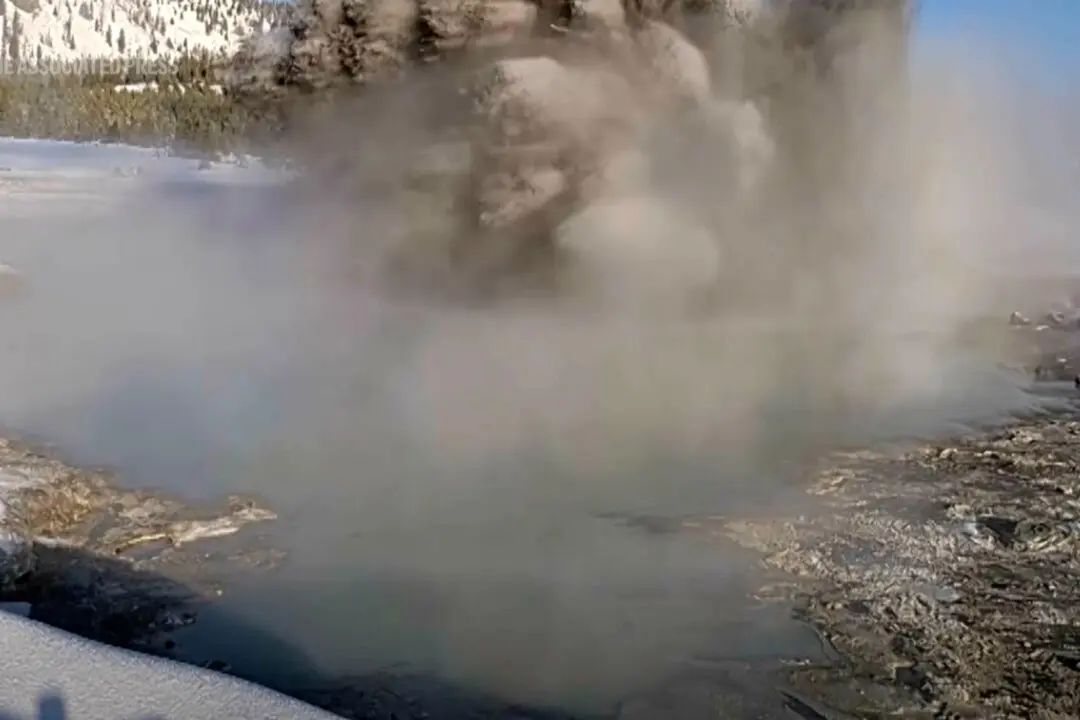WILMINGTON, N.C.—Duke Energy activated a high-level emergency alert at a retired coal-fired power plant in North Carolina as floodwaters from the nearby Cape Fear River overtopped an earthen dike at the facility and inundated a large lake.
Duke spokeswoman Paige Sheehan said on Sept. 20, that the dam containing Sutton Lake appears stable and they are monitoring the situation with helicopters and drones to react to what she called “an evolving situation.” Company employees notified state regulators overnight that the plant was at the highest level of alert under its emergency action plan.




